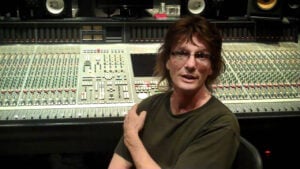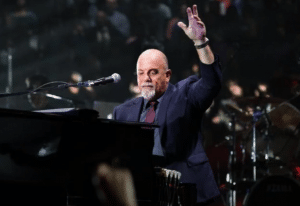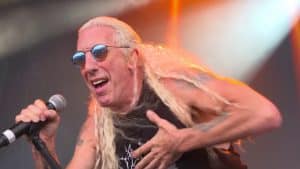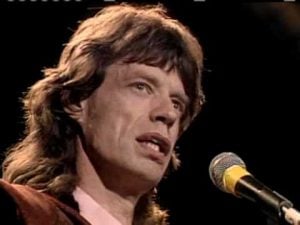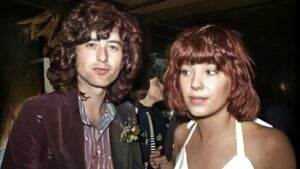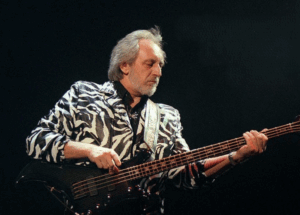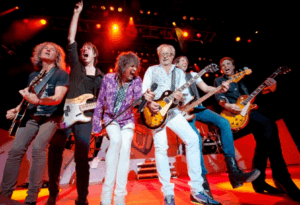The Reason Behind Why The Beatles Stop Touring Before Their Breakup
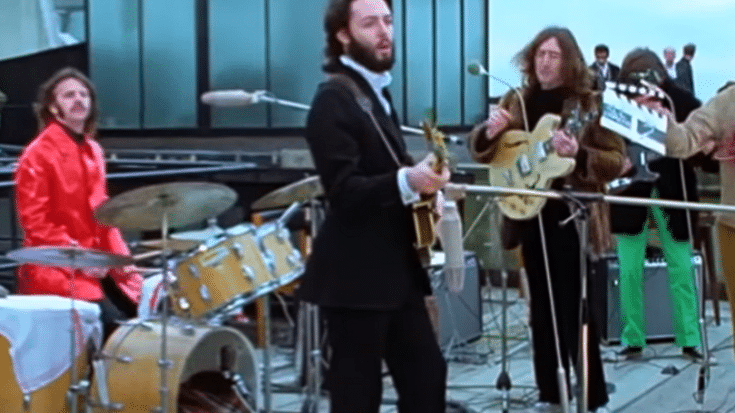
via TheBeatlesLyrics / Youtube
The exact date of The Beatles‘ breakup may not be etched in stone for fans, but most agree that it took place in the spring of 1970. However, the real end of their collaboration occurred the preceding year when John Lennon broke the news to Paul McCartney that he wanted to disband the group in September 1969.
Yet, for enthusiasts who cherished The Beatles’ live performances, the signs of distancing had emerged a few years earlier, beginning in the summer of 1966. This was the last time the band performed multiple stops on a tour.
Decades later, the decision to stop touring only a few years after their breakthrough in the United States might seem perplexing. However, a closer look at the events leading up to this choice provides a clear understanding of why The Beatles ceased their live shows.
The Transition from Beatlemania to Challenging Times in the Mid-’60s
The Beatles’ final live show took place on August 29, 1966, at San Francisco’s Candlestick Park. The band traveled in an armored vehicle for safety, but this unconventional ride, lacking seat belts, felt like something out of a science fiction tale, as Paul McCartney described.
The primary issue was the cacophony of screams from their fans, making it impossible for the band to hear their own music on stage. Ringo Starr watched his bandmates’ movements to stay synchronized with the songs, while John Lennon resorted to improvising joke lyrics since his singing couldn’t be heard over the deafening screams. Starr labeled the shows as “pretty boring,” and the sound quality as “really bad.”
In summary, the world’s most celebrated band found touring to be a miserable experience, devoid of creative satisfaction. The growing challenges, however, further contributed to their decision.
Security Concerns Spanning from the Philippines to the American South
In a 2016 Rolling Stone piece about The Beatles’ final show, their journey to Asia in July 1966 was recalled. To leave the Philippines safely, the band had to physically fend off enraged nationalists physically, even leaving behind their concert earnings.
Upon their return to the United States, new issues arose. Controversy surrounded John Lennon’s comment that The Beatles were “more popular than Jesus,” leading to a concerning backlash, especially in the southern states. The Ku Klux Klan openly threatened the band on television, while protesters awaited their tour stops to express their grievances. Lennon made his state of mind clear:
“I didn’t want to tour again, especially after having been accused of crucifying Jesus when all I’d made was a flippant remark, and having to stand with the Klan outside and firecrackers going on inside. I couldn’t take any more.”
Subsequently, The Beatles entered their acclaimed late period, commencing with “Sgt. Pepper’s Lonely Hearts Club Band.” In hindsight, it appears to have been a trade-off that most fans would willingly embrace.






